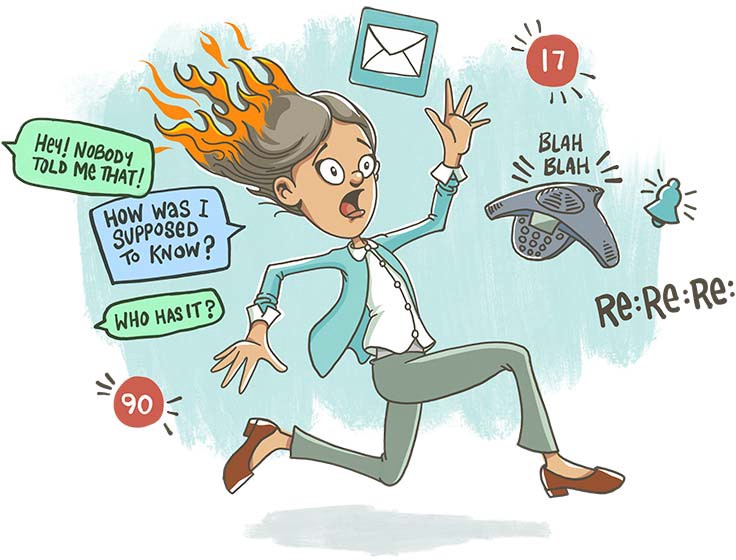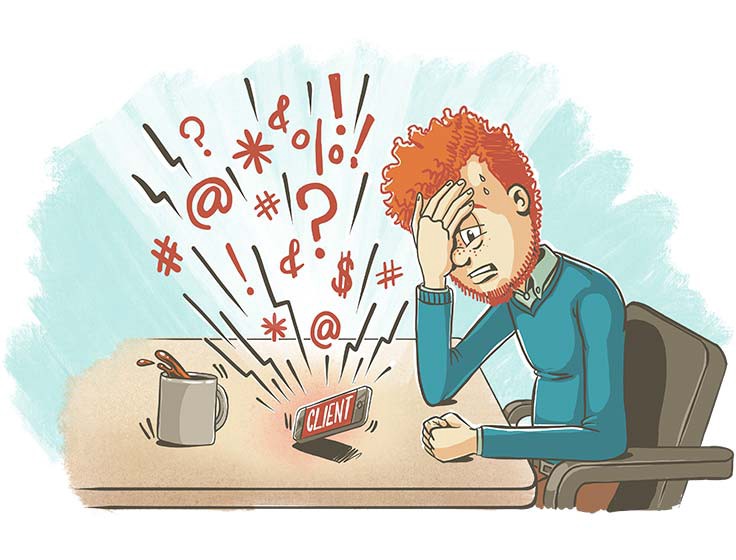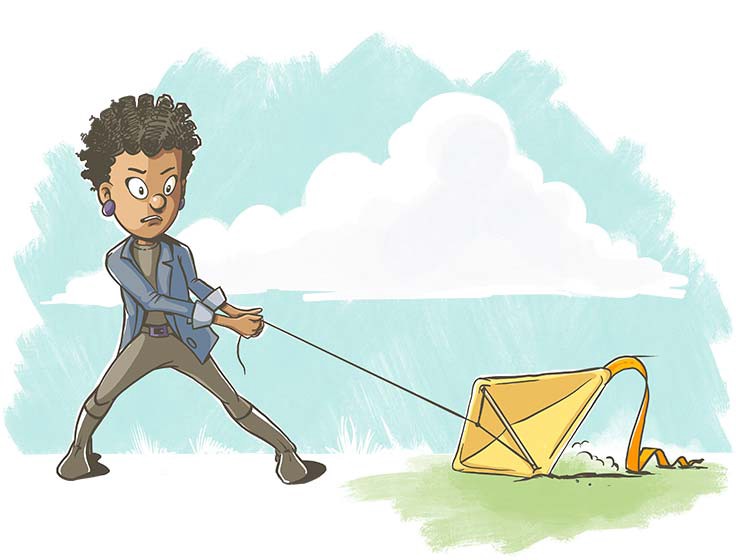Before “Why They Buy” there’s “Why They Shop”
Every company is interested in why people buy their products, but rewind time a bit further and you’ll find even more fundamental insights.
Before someone goes buying, there’s a reason they go shopping.
There are usually a few events that lead to the desire — or demand — to shop. Something happens that trips the initial thought. There’s a spark. This is often when passive looking begins. You aren’t feeling the internal pressure to buy yet, but you’re starting to get curious. Then a second event happens. It could be soon after the first, or months later, but this one’s more serious. It lights a fire. You need to make progress. Now you’re actively shopping.
We discovered four things
Over the past few months, we’ve been interviewing customers to understand what led up to their need to begin shopping for — and ultimately buying — Basecamp. Across the interviews, it turns out there were four common situations that triggered people to actively shop for Basecamp.
#1 “We can’t keep working like this.”

We heard stories about inefficient communication. Growth was causing older, earlier, “it used to work fine” processes to break down. There was a bottleneck — too much stuff was flowing back to one person (the owner, usually) prior to it flowing back out to everyone else. A general sense of “we can’t be the business we want to be tomorrow if we keep working the same way we are today”. Growth was on the way, but they knew the way they were working couldn’t support it. Growth was making things worse, not better. There was too much load, hence a desire to streamline. A general sense of hurriedness, hair-on-fire rushing around to put out other fires. Scattered thoughts and ideas. Fear that something’s going to break at the worst possible time.
#2 “We can’t mess up like that again.”

Unlike the first example above (“we can’t keep working like this”) which mostly anticipated problems up ahead, this situation gets right to the heart of it: Something bad actually happened. They messed up big-time, and that kind of mess up simply can’t happen again. A ball was dropped, a critical deadline was missed, someone forgot something important, something slipped through the cracks. It felt like professional negligence, even though they thought they were being diligent. It often happened because people weren’t coordinated. Lots of talking, not enough coordination. One person though the other person would take care of it, but it never happened and no one found out until it was too late. The client chewed them out. A professional embarrassment. Never again. Time to get our shit organized and together.
#3 “This project isn’t getting off the ground.”

Common tale here. Lots of talking, not enough action. Teams may have turned to chat tools, but they’re finding they’re just running on a never-ending treadmill. They can’t get traction through conversation alone. Or people have enthusiastic “let’s do this!” meetings in person (or via video), but then nothing happens. The desire is there, but the means to gain traction, plan, and organize steps are absent. People may be on different schedules in different locations, so continued real-time meetings or communication isn’t possible. Nothing ends up getting done because they can’t coordinate once they stop talking. They need something that not only brings people together, but something that helps them organize, delegate, communicate at different speeds, and make progress together on everyone’s own schedule.
#4 “How am I going to pull this off?”

This one is all about someone being given greater responsibility. They’re leading people now. It’s big and important, and it’s on them to run the team and get it done right. They’ll need to track work that needs to get done, who’s working on what, what they asked people to do, and the overall status of the project. There’s a lot of coordination and communication required to pull it off. They need to have a clear handle of things so they can report up when their boss asks for an update. Such a responsibility comes with a feeling that what’s coming is going to be overwhelming without a proper process and tool that keeps everyone up to date, informed, and organized. Talk ain’t enough, “I’m going to need a system”.
What this all means
There’s lots you can do with this information. It can inform product development, it can change the way you market the product, it can influence the language you use to describe your product to your customers, it can change where you advertise, how you sell, etc.
But for me, what’s most interesting is feeling the moments, the situations people find themselves in before they’re our customers. It’s all situational. It’s not about this industry or that one. It’s not about demographics, either. It’s not even about the competitive set, yet. It’s all about the situation they’re in, the reality they’re trying to wrangle, and the progress they’re trying to make.
And it’s really satisfying that they turn to Basecamp to help them through such important moments in their business. Basecamp is often second — they’ve tried something else before, or cobbled together a series of tools they stumbled into but fumbled around with. Basecamp’s a graduation moment for them — something that helps them steer their business away from random chaos and towards intentional control. They’re now able to grab the wheel and point their business in the direction they’ve always wanted.


One thought on “The Why before the Why”
Comments are closed.